An homage to my father, Serge Gainsbourg

Roula Khalaf, Editor of the FT, selects her favourite stories in this weekly newsletter.
Behind the inconspicuous door of 5 bis Rue de Verneuil is the house that was once Serge Gainsbourg’s Paris pied-à-terre. “I don’t know if it’s a studio, a museum, a salon or a brothel,” Gainsbourg once said of the space. Surprisingly confined, it is crammed to the gills, the close atmosphere amplified by intense black-felt walls. Every aspect has been meticulously kept in the exact position it was on the day Gainsbourg died in 1991.
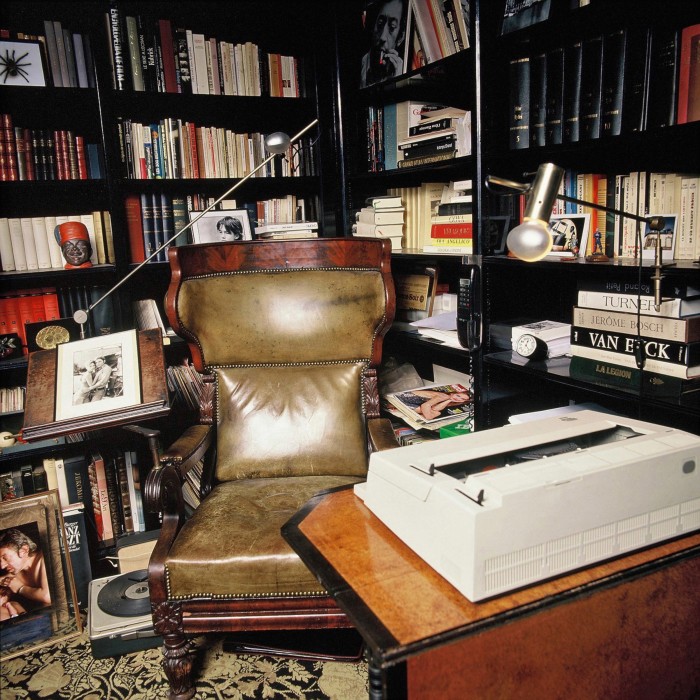
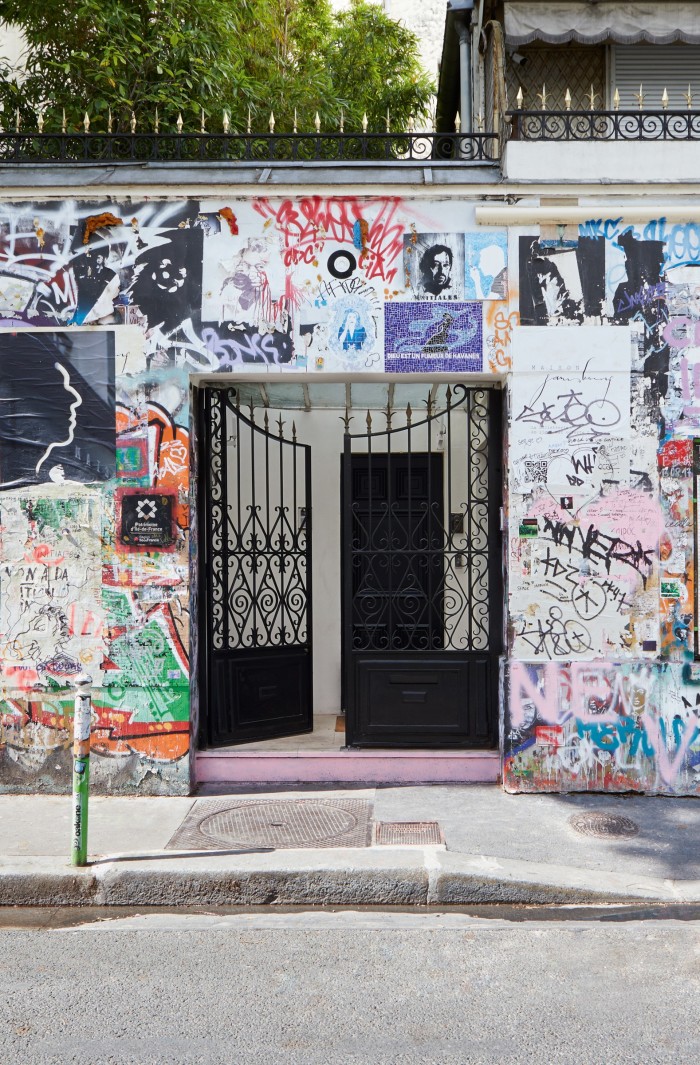
“It was almost an obsession, to preserve and maintain everything as it was,” says his daughter Charlotte Gainsbourg, who was 19 at the time. Charlotte lived at 5 bis until she was nine, with her mother, Jane Birkin, and half-sister Kate, before her parents separated: Gainsbourg got together with Bambou, and had her brother Lucien. (Gainsbourg also had two older children with his second wife, Françoise Pancrazzi.) “When my father passed away, I lived his mourning very intensely,” she continues. “I requested for him to be embalmed. I wasn’t very clear-headed at the time, and perhaps this wasn’t a healthy choice, but at least it allowed me to have a few more days with him. Everything related to him became sacred, even a pack of Gitanes or a scrap of paper on which he had scribbled. It was my way of pretending he hadn’t left; of preserving things. Today, as I look at his house, frozen in time, I feel he’s still there.”
In the wardrobe, Gainsbourg’s white leather Zizi Oxfords, the model of Repetto shoe that became his signature, still bear the marks of his toes. In the kitchen, hot sauces, Angostura bitters and Worcestershire sauce line the shelves. On the bedside table – next to the low bed covered in black mink, a mirrored wall with flower-patterned cabochons, and a nude by Jeanloup Sieff – one can still find a pack of Smarties, Stimorol gum and aniseed-flavoured candies.
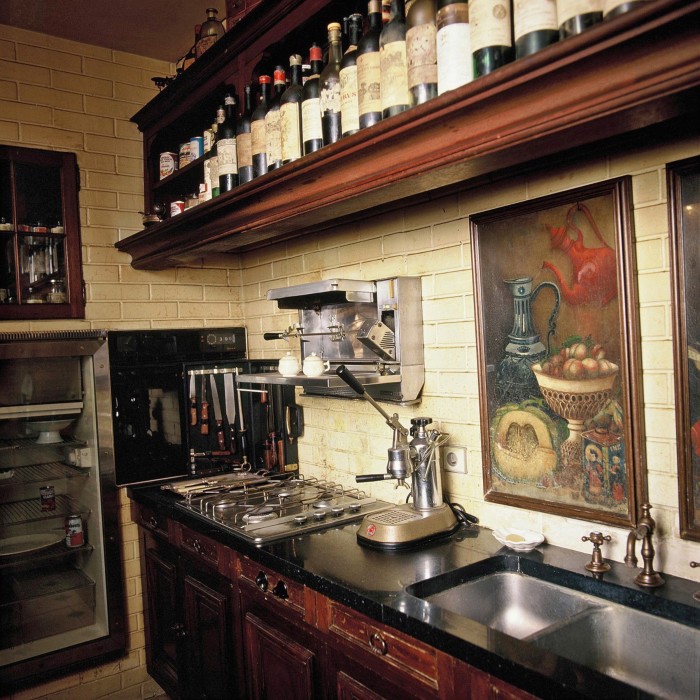
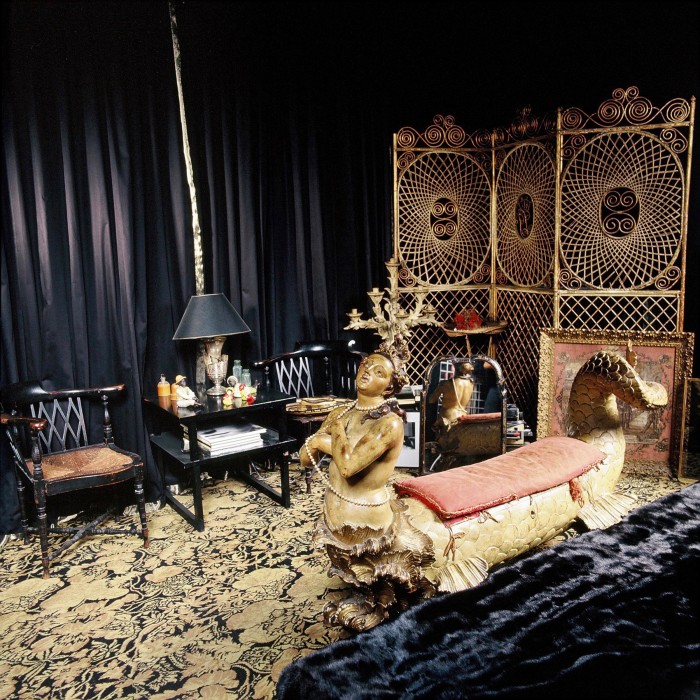
Next week, Charlotte will open the house to the public as part of Maison Gainsbourg, the first cultural institution dedicated to the artist. The property, which once concealed all of the artist’s tastes and fetishes, is now here for all to see. It’s a gateway, says Charlotte, to understanding his legacy. “I want it to be an experience – a powerful moment, like watching a movie. My father has already shared what he wants us to know about him, so I hope this house will evoke the emotion of knowing where he lived.”
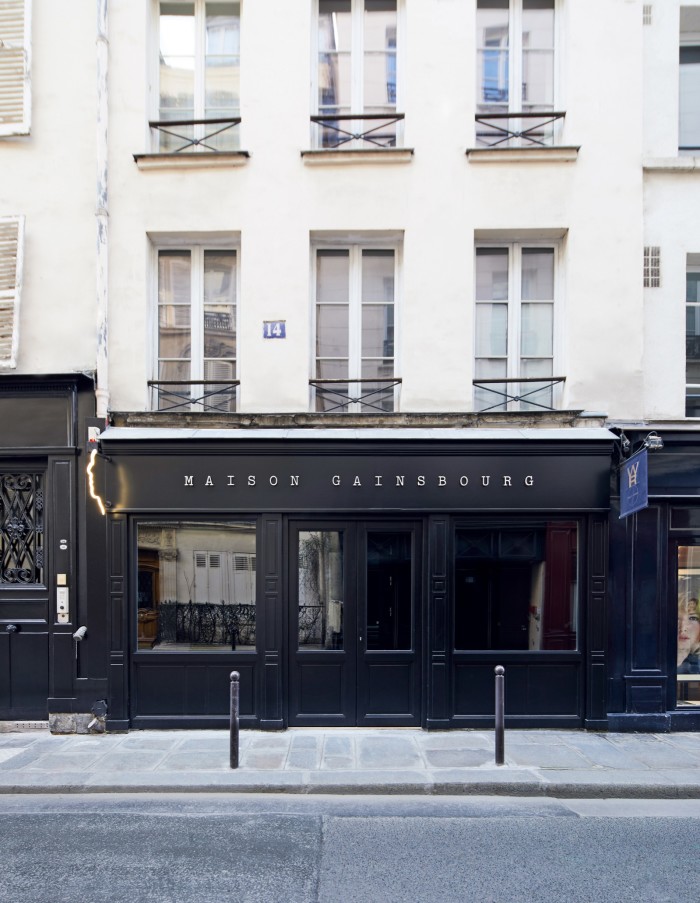
The project, which has been supported by Saint Laurent and its creative director, Anthony Vaccarello, also has a second entity, also situated on Rue de Verneuil. If 5 bis allows one to delve into the man’s intimate life, Musée Gainsbourg at number 14 is a more formal arrangement, containing more than 450 photographs, objects, manuscripts, clothing, press cuttings and records, brought together to recount Gainsbourg’s artistic career.
To his fans, Serge Gainsbourg is remembered as not only the greatest French musician of the 20th century, but also as an icon of pop culture. To his detractors, he is a crude provocateur. His 16 studio albums count 12 gold records, five double gold records, and six platinum; “Je t’aime... moi non plus” alone sold more than a million copies – fuelled by the controversy surrounding Jane Birkin’s orgasmic moans. He recorded the duet “Lemon Incest” – “The love we’ll never make together/Is the most beautiful, the rarest, the most disconcerting/The purest, the headiest” – with Charlotte when she was only 13. In inventing his own idiom, one in which languages intermingle, sentences seem scalpel-cut and words have dual meaning, he revealed himself as one of France’s most modern poets. He also trained as a painter, and in the 1970s became a filmmaker (bewilderingly directing his outlandish alter ego, Gainsbarre, on occasion). Through it all, his inimitable, disobedient and scruffy elegance became an artistic statement of its own. The Levi’s shirts worn open to the waist; the (women’s) blazer he found in Portobello market in 1973 – snugly fitted, with tennis stripes.
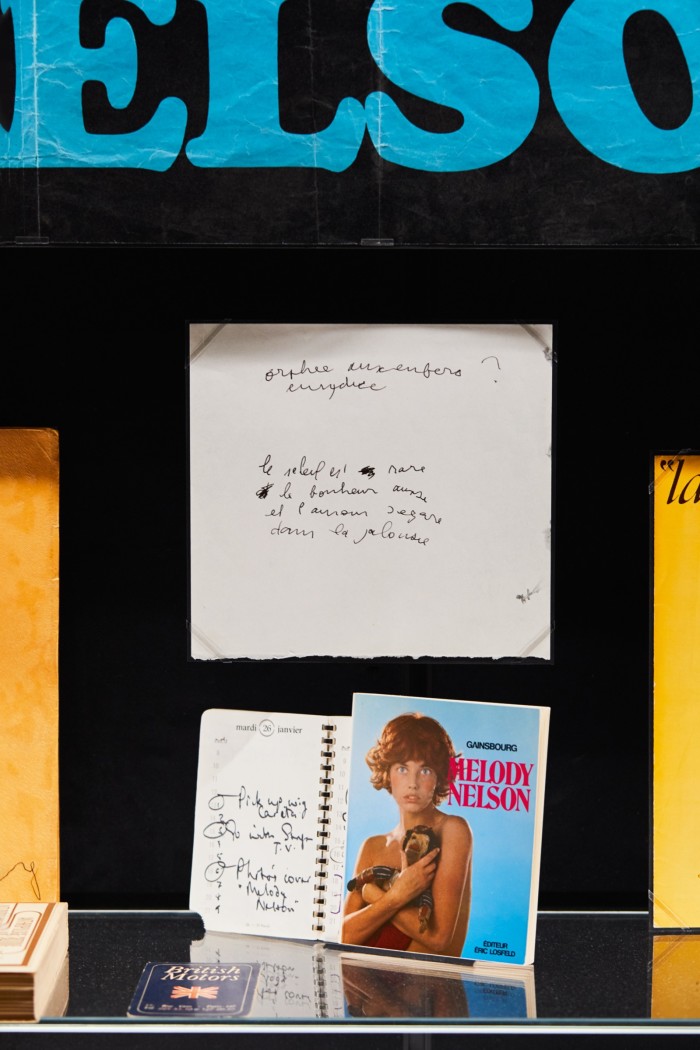
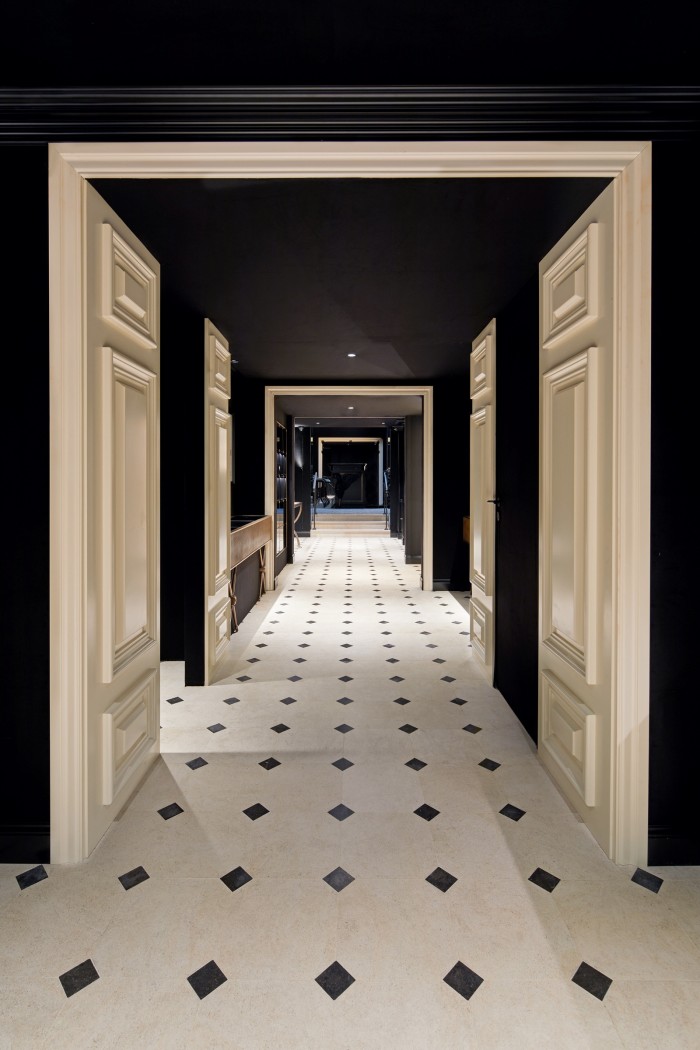
“His great contradictions were what made his charm,” says Charlotte, speaking in French – the best way, she says, to articulate her feelings about her father. “The contradiction between beauty and ugliness, which he always felt self-conscious about. This contradiction between his extremely rude and funny side, and his infinitely shy one. I don’t see this in anyone else. That’s what I read in his style too, in a way. He had a grace in his gestures that I still remember vividly.”
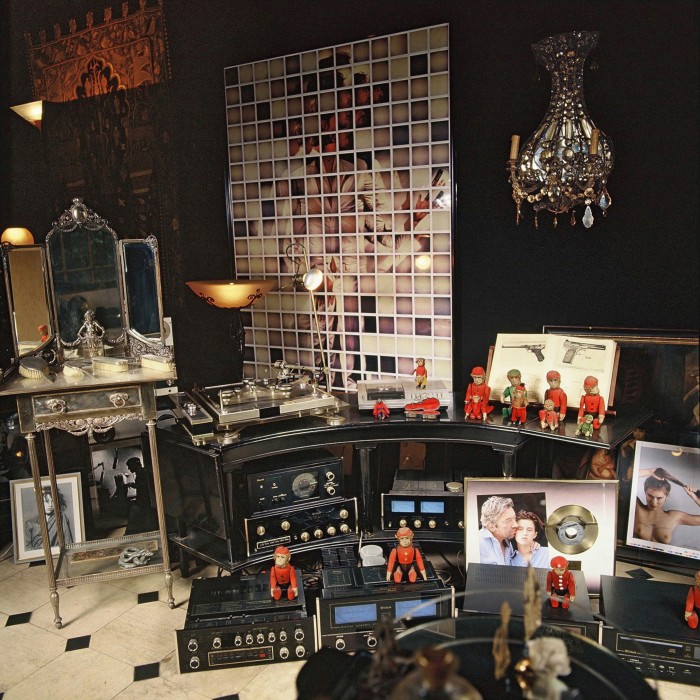
All of this is manifest inside 5 bis. In the living room, beside a bronze cast of Jane Birkin’s bust are countless monkeys (some of which contain hidden bottles of whisky and cognac) and a playfully irreverent assortment of police medals he kept as souvenirs. His study, complete with its 19th-century dentist’s chair, reveals his taste for 19th-century authors – from Baudelaire to Edgar Allan Poe. Notable are novels with a single character like Le Portrait de Dorian Gray by Oscar Wilde or À rebours by Huysmans, treatises on surrealism, novels related to eroticism – but also pop-culture works such as biographies and cocktail books. In the corridors he courts controversy: photographs of Marilyn Monroe include one taken at the LA County Morgue, while press clippings document the scandal surrounding his 1979 reggae take on the French national anthem “La Marseillaise”. Larger-than-life portraits of Brigitte Bardot, his former girlfriend, serve as an ironic homage to the concept of the flawless blonde.
The bedroom, hitherto known only to his wives, his children and the women who shared his bed, exudes eroticism and unapologetic glamour: a baroque mermaid bench is thought to have come from a brothel or a theatre, while soft light is cast by a spindly Takis sculpture, Signal lumineux.
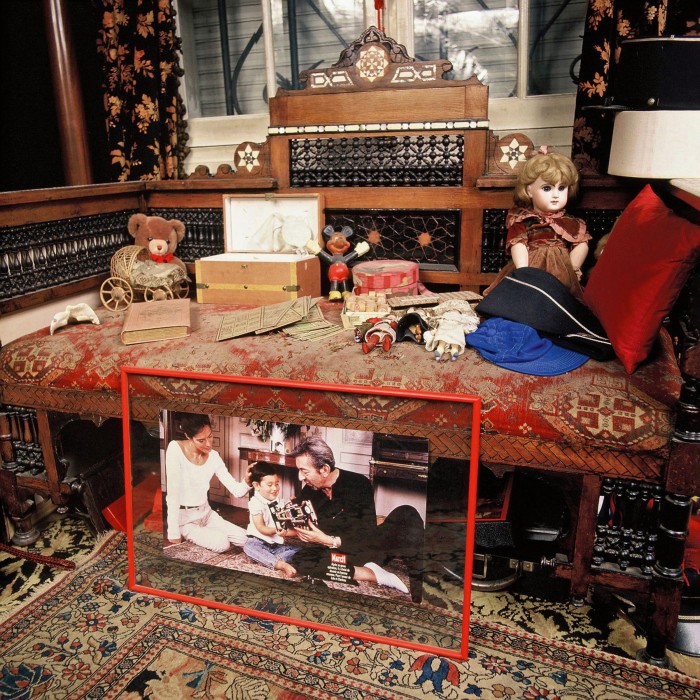
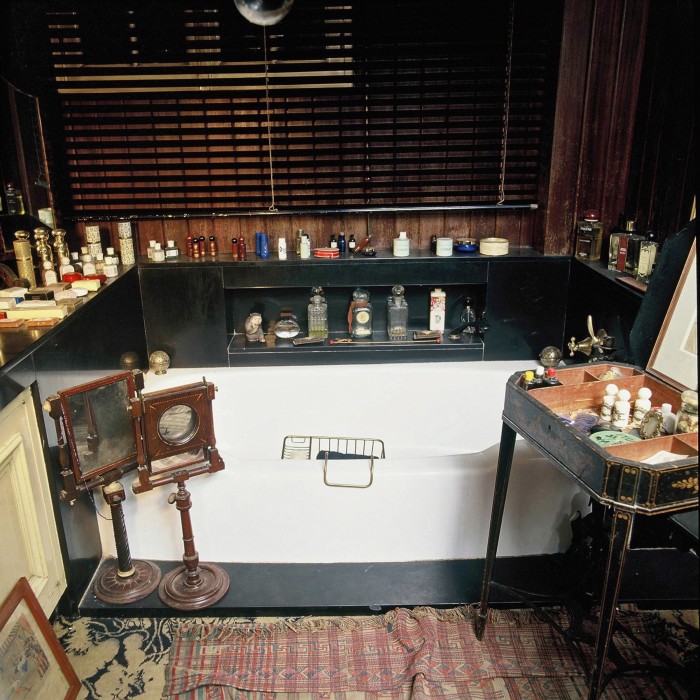
Unsurprisingly, Charlotte was initially hesitant about whether to open the bedroom to the public. We are speaking a few weeks after her mother Jane Birkin’s death, and her grief is still extremely raw. Although it is “something intimate”, she says, “I hope [the house] will surprise people and that they will feel the magic. I don’t feel like I’m putting people in a voyeuristic position. It didn’t make sense to open this place and keep a part of it secret.”
Her mother – who was herself the subject of her daughter’s 2021 documentary Jane by Charlotte – was supportive of the project. “She understood how complicated it was for me to set up this museum,” says Charlotte. “She had a lot of empathy for everything I was going through.” But there were limits to her support. “Every time I told her she should be part of it – for example, by creating an audio tour of the house [eventually narrated by Charlotte] – she seemed resistant. It was too much effort for her to go there, especially towards the end of her life. I showed her photos of the progress; she gave me little comments, made suggestions, but she didn’t want to confront it. This house represented a world too far from her, and it didn’t necessarily bring her comfort.”
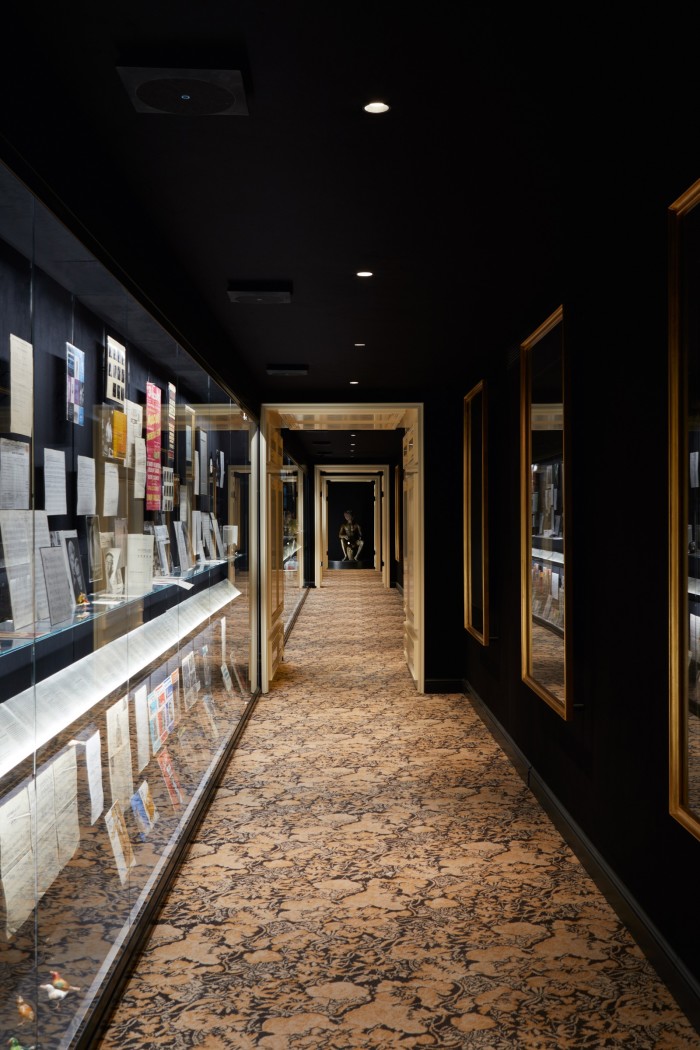
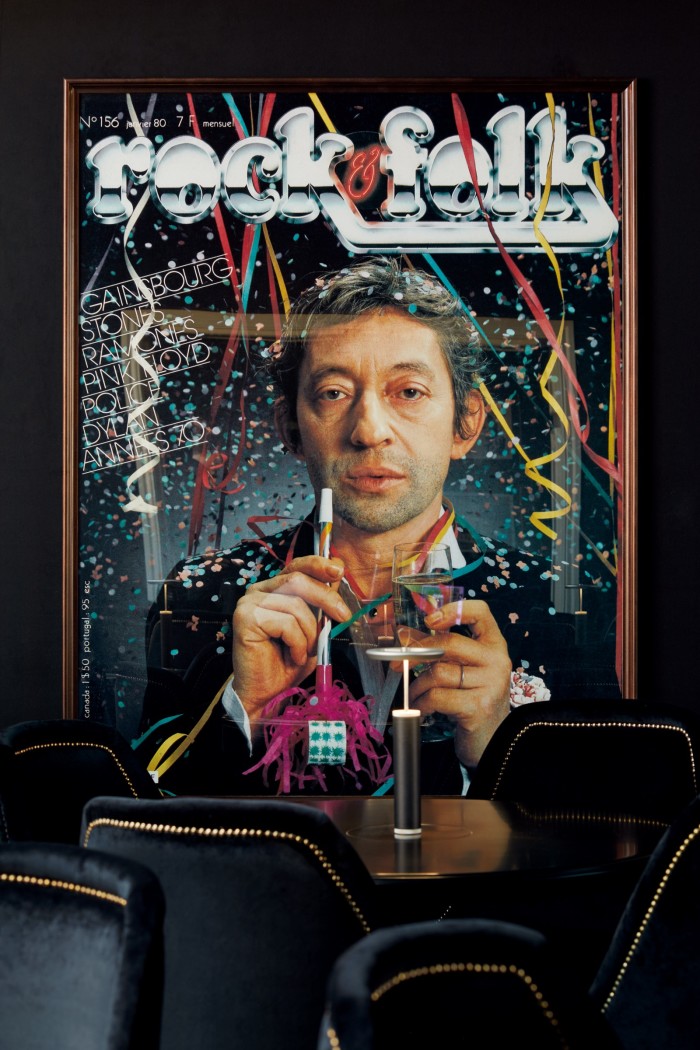
Musée Gainsbourg has been designed by Jacques Garcia. The interiors mirror Gainsbourg’s home – from the felt walls to the checkerboard Venetian floor tiles. The basement, evoking the dark jazz bars of Saint-Germain, will be dedicated to temporary exhibitions – the first will be Je t’aime... moi non plus. “We aimed to create a space that felt like an extension of 5 bis, but also to authentically present Gainsbourg’s life and work,” says Anatole Maggiar, co-curator of the institution.
Notable pieces include the handwritten lyrics for “La Javanaise”, which Gainsbourg wrote for singer Juliette Gréco; the 1965 Eurovision medal for “Poupée de cire, poupée de son”; an acetate containing the early recordings of “Je t’aime… moi non plus” (the original Bardot version), magazine covers with Jane Birkin, and a note from Gainsbourg saying: “Everyone wants my wife.”
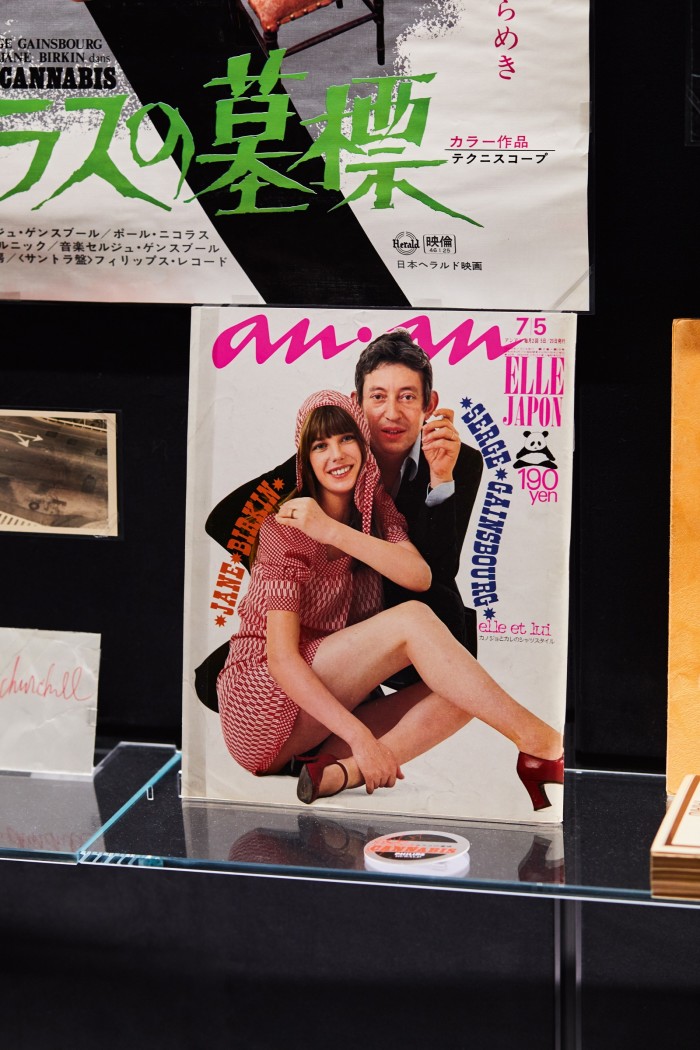
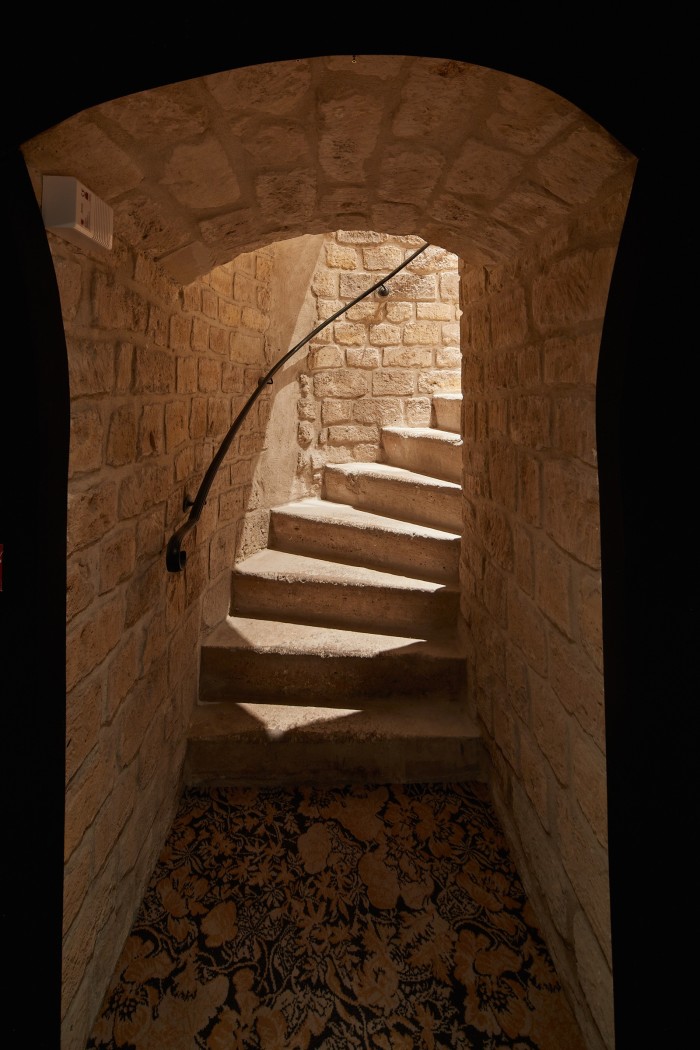
Charlotte took a little more of a back seat in the museum project. “Sometimes, I learn things about him, and it bothers me; it’s a complicated relationship,” she says. “When the museum project started, the people involved began to do real archaeology work… and I wanted to remain his daughter.
“I have a role that I find delicate. There’s a part of me that’s very proud, and another part that makes me ask, ‘What is my place here?’ It’s as if I still want to be connected to this place, but at the same time, it’s not really mine any more,” she concludes. “If my father, in some way, could see this project coming to life, I hope he understands how much I love him and how much he is loved by all these people who participated in this endeavour. It was a huge surprise to see how crazy people are about him. And I imagine it could have been the same for him too.”
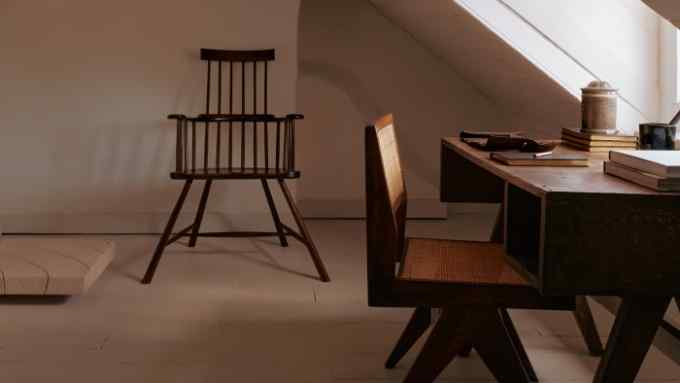
Comments